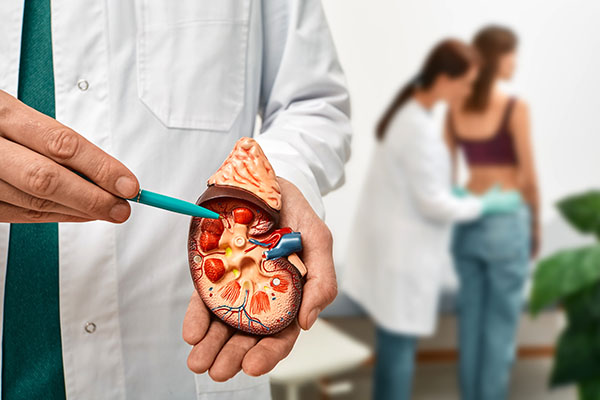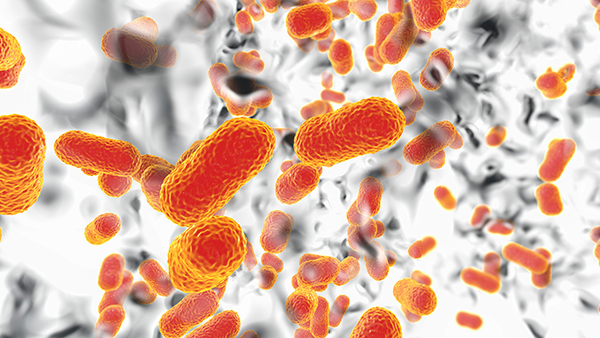
For their study, the researchers focused on their efforts on the possible health benefits of indoles on the “healthspans” of different organisms, or the organisms' ability to resist stress and remain active while aging.
"We need a better understanding of healthspan. With medical advances, people are living longer; but you might not really want to live longer if it means spending those extra years frail and infirm," said Daniel Kalman, PhD, senior author and professor of pathology and laboratory medicine at Emory University School of Medicine.
In previous studies, the same team discovered that indoles released by E. coli bacteria could make the nematode C. elegans and mice far more resistant to outside stresses. The researchers worked off this and fed a group of nematodes indole-producing E. coli bacteria. Nematodes belonging to this group maintained their mobility and had their reproductive span doubled compared to the group of nematodes that had been given E. coli incapable of producing indoles.
A similar effect occurred in Drosophila fruit flies and in mice. The Drosophila fruit flies showed greater mobility and heat resistance than the control group. The mice, meanwhile, had their existing microbiota eliminated via antibiotics then replaced with either normal or indole-producing E. coli bacteria. Both young and very old (nearly two-and-a-half years or 28 months old) mice that had fed E. coli indoles displayed remarkable improvements to their health: While the young mice lived longer post-exposure to lethal radiation, the very old mice stayed active and mobile, and kept up a healthy weight.
“It's like the Picture of Dorian Gray, in terms of the genes involved. Indoles make old animals look more like the young ones,” noted Kalman.
Among all the organisms in the study, the researchers identified aryl hydrocarbon receptors (AhR) as the main factor behind the positive effects of the indoles. Aryl hydrocarbon receptors are molecules that assist in cell growth and response to outside stimuli. How exactly indoles and aryl hydrocarbon receptors work together to create the beneficial health impacts is still under investigation. Though in the case of the mice, they appeared to repair and/or protect intestinal barrier tracts and limit systemic inflammation. (Related: Balance your gut flora quickly, kill Candida, and eliminate disease.)
The researchers then concluded their study with: “These data raise the possibility of developing therapeutics based on microbiota-derived indole or its derivatives to extend healthspan and reduce frailty in humans.”
As Kalman told ScienceDaily.com, the influence of indoles on the nematodes, flies, and mice was none too surprising. He remarked: “Indole is such an ancient messenger. It's how plants steer their growth, how bacteria talk to each other, and it is how plants and bacteria talk with us and ensure proper homeostasis with our immune system. It is perhaps not so surprising that these molecules help maintain our vitality.”
It's no wonder then that antibiotics do more harm than their purported good. Even short-term use can significantly and permanently alter one's gut flora by eliminating the helpful bacteria along with the bad, as shown in the experiment with the mice. Gut bacteria that lack numbers and diversity are gut bacteria that will be unable to keep up the health of the body, especially as it ages. To say then that antibiotics accelerate aging might not be too far from the truth.
Visit MindBodyScience.news to remain up to date on all new research and news about the human body.
Sources include:
Please contact us for more information.























